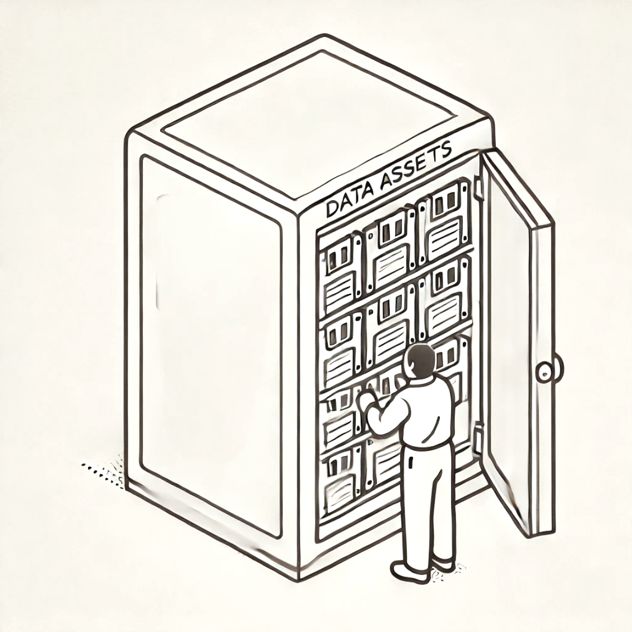"Data is our most valuable asset," they say. Cool. So where’s the P&L?
If data is truly an asset, treat it like one. That means hard numbers: quantified costs, tangible value, and a clear strategy to increase the net value over time.
Yet, when I look at most data strategies, the financial perspective is conspicuously absent.
▪ Data valuation? Handwaving at best.
▪ Revenue, cost, and ROI? Deferred to use cases. Maybe.
▪ Depreciation schedules? Crickets.
Somehow, that "most valuable asset" often gets a free pass from the financial perspective. Imagine trying that with any other business asset.
A data strategy worth its salt shouldn't flinch from the money talk.
1️⃣ How much cash is our data generating and saving?
2️⃣ What’s the cost and value of our data?
3️⃣ What's our plan to create and maintain high-value data?
4️⃣ How does the potential value of our data translate to measurable business outcomes?
5️⃣ How do we increase the net value of our data assets?
You don't need the numbers down to the last digit. But the overall mechanics need to work out - otherwise, chances are you're probably nurturing a liability, not an asset.
The future belongs to organizations that understand the connection between data and their top and bottom line. They'll be turning terabytes into treasure. Everyone else? Data hoarders, rich in bytes but poor in insights, wondering why their "valuable asset" is a money pit.
Time to put in the work. Give your data a P&L – or admit that “data as an asset” is probably just another buzzword.
